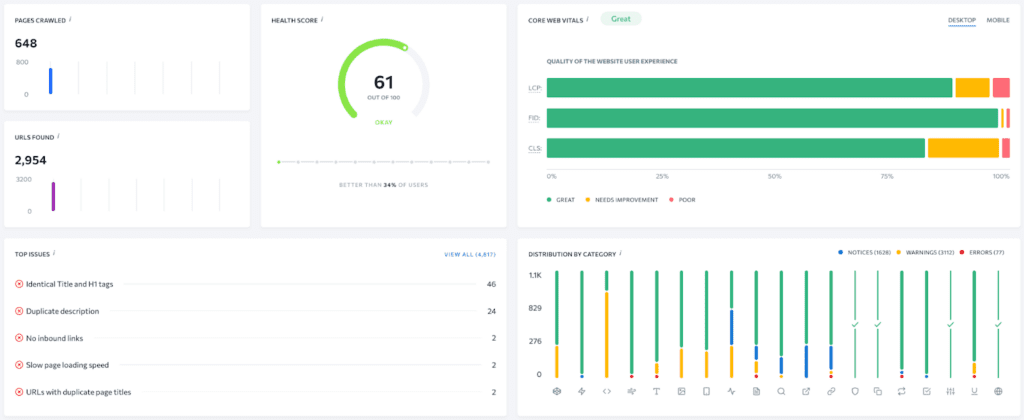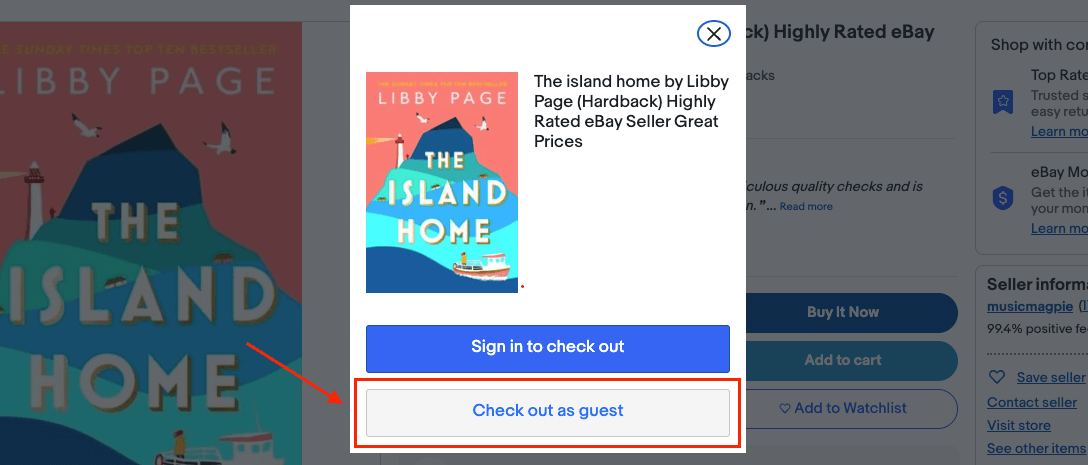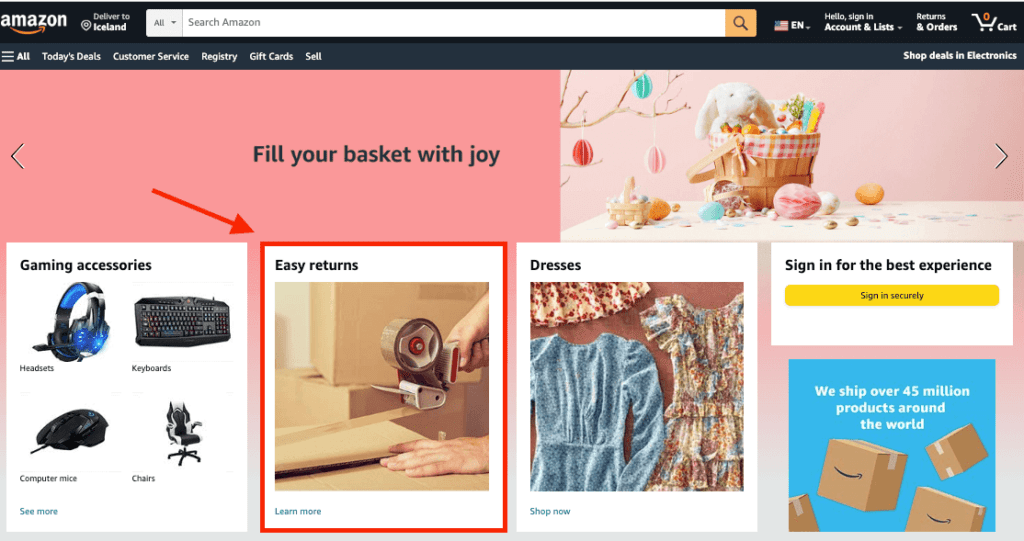One of the major challenges eCommerce companies face today is cart abandonment. It is a persistent problem that significantly impacts the overall performance and success of an online store. Ecommerce shopping cart abandonment occurs when a shopper adds items to their virtual cart, browses the website, and then exits the site without finalizing their purchase. This situation is all too common in the world of eCommerce, and the statistics are alarming. So, why is shopping cart abandonment a problem for retailers? With the average abandonment rate hovering around 70%, businesses are losing a substantial portion of potential revenue and customers.
So, what can you do to minimize this phenomenon in your business?
In this article, we will examine key aspects of the online shopping experience and share steps you can take to optimize your eCommerce store so that customers follow through with their purchases. We will also suggest various marketing strategies for you to implement to re-engage lost customers and encourage them to complete their transactions.
Read on to discover how to optimize your online shopping experience, retain valuable customers, boost your revenue, and secure your eCommerce business’s long-term success.
1. Complicated checkout process
One of the main reasons for shopping cart abandonment is the long and confusing checkout process. Many eCommerce companies want to add numerous fields in the checkout process to try to get to know their customers better. However, client expectations differ – they prefer quick and easy shopping. Therefore, the first thing you can do is minimize form elements and only ask for necessary information. Moreover, to save even more time, try to minimize typing tasks with features such as drop-down menus or auto-filling forms. It’s worth considering offering a guest checkout, which would save the amount of time it takes to create an account on your website.
Another way to make the checkout process more user-friendly is by streamlining site navigation. Try to reduce the number of screens from initiation to completion to help your clients save time and guarantee a better shopping experience. Inform them about how many steps are left to finalize the transaction and allow them to effortlessly return to each step if they want to make any changes. You can also consider providing clear instructions to guide customers through the process.
A good practice that your customers will surely appreciate is the auto-save capability for abandoned carts. This solution ensures that customers do not lose their selected items when they return to your website, even after leaving it for a while. It demonstrates that you care about their time and preferences. Moreover, you can use this feature to re-engage customers and bring them back to the purchasing process.
To summarize, a surefire way to keep users away from checkout is a clunky user experience. Unless you simplify the process as much as possible and remove all friction, you will have users leave before they make the purchase. However, appropriate decisions require knowledge in this area. If you don’t have the expertise in this or a UX specialist on your team, it’s worth considering working with an outside consultant or UX agency.
2. Website performance issues
Slow loading, frequent errors, crashes, inadequate mobile optimization, and website security issues can negatively impact your eCommerce platform and deter customers from completing purchases. You need to address these problems to create a seamless and secure shopping experience. One solution is to regularly perform website audits, especially after making any significant structural or design changes or adding new pages. Tools like site audit by SE Ranking can help assess essential security, speed, and usability metrics while providing guidance on how to resolve identified issues.

Additionally, it’s essential to implement strategies that prevent downtime, such as using reliable web hosting services and keeping your software up-to-date. You also need to prioritize security by conducting regular checks to avoid data breaches and hacking attempts.
Why is UX important? Addressing even minor performance issues can significantly improve the overall customer experience, preventing potential eCommerce shopping cart abandonment and ensuring a more successful eCommerce operation. Thus, it is essential to test and analyze your shopping cart and checkout process, identifying weak points and optimizing performance accordingly.
3. Unexpected Costs (taxes, shipping fees, and others)
Unexpected costs, such as taxes and shipping fees, can negatively affect the customer experience, especially when they are not clearly communicated upfront. This lack of transparency can lead to cart abandonment, as customers may be put off by the final price at checkout. To address this issue, you should display the estimated delivery cost alongside each item even before it is added to the cart.

An effective option is to create a simple calculator that allows customers to input their zip code for a more accurate quote. Transparency is highly valued by online shoppers, and being transparent will help you gain more loyal clients.
If possible, consider offering free shipping or discounts to encourage purchases. If you offer relatively inexpensive products, you might consider offering free shipping with a minimum purchase threshold. This approach not only improves customer satisfaction, but can also lead to an increase in average order value.
4. Account Creation
Forcing users to create an account or register to finalize a purchase can be counterproductive. It disrupts the purchase cycle and may deter potential customers. According to Baymard Institute research, 24% of people abandon their online shopping carts because the site requires them to create an account.
To increase customer satisfaction, offer guest checkout options and never force users to create an account.

If you want to collect emails and other contact information for remarketing purposes, consider doing so after the purchase. A good option is to prompt users to create an account on the purchase confirmation page, allowing them to use the saved data from the completed order.
To encourage account creation, provide clear benefits such as: “Join our loyalty program for exclusive discounts and early access to new products” or “Register now to receive personalized recommendations based on your purchase history.” You can also highlight practical benefits such as shipment tracking or having access to all invoices in one place.
Once you’ve successfully enticed users to sign up for an account, reduce the risk of them abandoning the registration process. Avoid lengthy, complicated fields and complex password requirements. Instead, offer guidance on how to create a secure password if needed. A convenient option for setting up an account quickly is the ability to register through well-known platforms like Gmail and Facebook. This way, users save time as most fields are filled automatically.
5. No incentive for researchers to return
Online shoppers often meticulously research various products, brands, and deals before making their final purchasing decision. Consequently, they add items to their eCommerce shopping cart for easy reference or comparison, intending to return later to complete the purchase.
To increase the likelihood of them returning to your website, implement service-oriented solutions such as “email my cart” or “visit summary” offers. Additionally, consider setting up retargeting ads to remind customers of their incomplete orders and entice them back to your store.
Another crucial step is to provide comprehensive product information on your site. This approach can prevent potential customers from seeking additional details elsewhere. Incorporating customer reviews of purchased products can also be beneficial, allowing potential buyers to access genuine feedback directly on your site instead of from other sources.
6. Lack of Personalization
Retailers often possess valuable customer data but struggle to understand how to utilize it effectively to prevent shopping cart abandonment. Addressing this issue is crucial for improvement.
By employing personalization techniques such as:
- Displaying tailored product recommendations
- Greeting customers by name
- Saving customer preferences (such as shipping addresses and payment methods)
- Showcasing content relevant to their interests and behavior
You can create a more engaging shopping experience.
Moreover, personalized retargeting ads can have a significant impact on getting qualified leads to return to an eCommerce site. Statistics show that brands that segment different retargeting audience lists based on specific customer behaviors have seen more than 1300% ROIs.
For example, featuring the exact product a person added to their eCommerce shopping cart before abandoning it, rather than a generic ad, can encourage customers to return and complete their purchase.
When crafting personalized, triggered cart abandonment emails, consider the customer’s profile and the context of their journey, including their reasons for cart abandonment and stage in the buying process. Identifying these factors will help automation to enhance customization to offer product recommendations that complement the saved cart items.
7. Payment issues
In today’s fast-paced world, people appreciate convenient payment methods. Around 9% of customers abandon their shopping carts online because the retailer doesn’t offer enough payment options.
Offering a wide range of payment options can significantly reduce cart abandonment. Some popular payment methods include shopping apps (such as PayPal), digital wallets (such as Apple Pay and Google Pay), and buy now, pay later options (such as Shop Pay Installments and AfterPay).
You can start by prioritizing primary payment methods like MasterCard, Visa, and PayPal and then expand to more specialized options when viable. Additionally, consider optimizing forms for updating payment information and creating a payment recovery plan.
However, it’s not only limited payment options that can discourage customers from completing a purchase. Other factors may include an outdated site design, not having an SSL certificate, unfamiliar brand names, or payment gateways. These issues can raise concerns about your site’s reliability and security. To address these concerns, consider incorporating user-generated content, such as reviews and testimonials, to build customer trust.
8. Lack of Customer Support
When making a purchase, users often need assistance, and a prompt response can help them make the right decision. To address this issue, consider investing in technology and adopting an omnichannel approach to provide seamless support throughout the shopping experience. Experiment with offering live chat or other support tools, even if only for a trial period.
One viable option is to implement a chatbot for handling simple and repetitive tasks, freeing human agents for more complex inquiries. An automated assistant can respond instantly and 24/7, significantly affecting customer satisfaction. According to Tidio, 62% of respondents would rather interact with a customer service chatbot than wait for an agent to respond. However, ensure that customers can easily connect with a live representative if the chatbot’s assistance proves insufficient.
Providing timely and effective customer support can significantly reduce eCommerce shopping cart abandonment rates and lead to more completed transactions. After implementing such solutions, monitor the impact they have on sales and customer satisfaction. This will help you determine if the investment is worth it.
9. Insufficient return policy
In online shopping, an important issue for customers is the return policy. After adding items to their cart, they often seek information on return policies and warranties. To address this issue, link to the return policy early in the process. This will help customers feel more comfortable purchasing.

However, visibility is not the only factor; offering a simple customer service system to facilitate returns is also essential. Statistics show that up to 66% of shoppers would spend more with a generous return policy. Unfortunately, many stores impose strict limits on returns, such as restrictive timeframes or charging for return shipping.
To find the right solution for your store, start by tracking the number of returns and associated costs. Then, consider offering a free, 30-day return policy. Test this approach for a month or two to evaluate any increase in sales and compare it to the added costs to determine if it’s a profitable strategy for your business.
Summary
As you can see, addressing eCommerce shopping cart abandonment is essential for businesses to maximize revenue and enhance customer satisfaction. By streamlining the shopping experience, offering tailored support, and fostering transparency, you can encourage customers to complete their purchases. Remember to regularly monitor the results when implementing these strategies and improvements to ensure your business remains responsive to customer needs.
By prioritizing customer-centric solutions, you can foster long-term loyalty and pave the way for continued success. Good luck!








